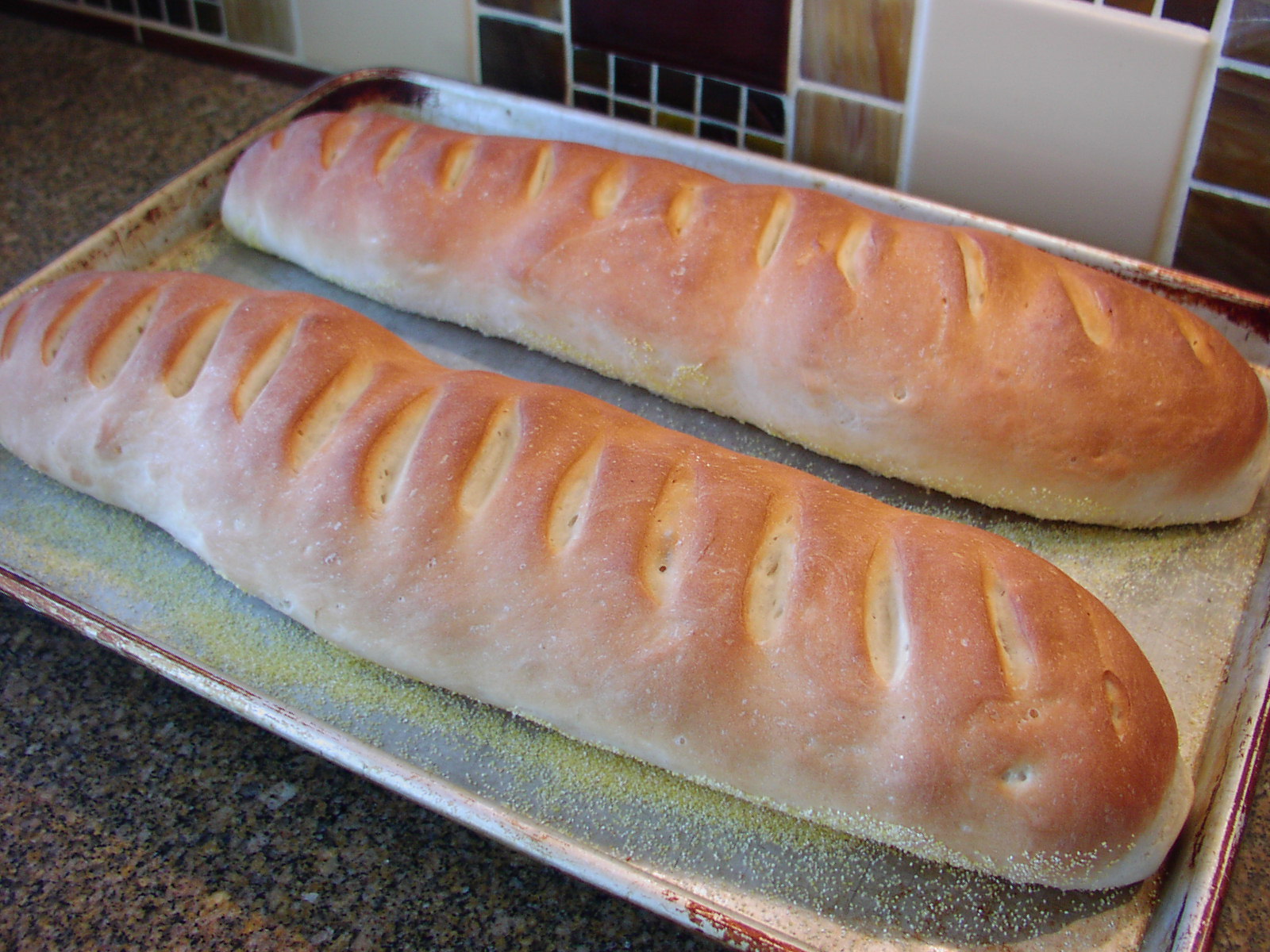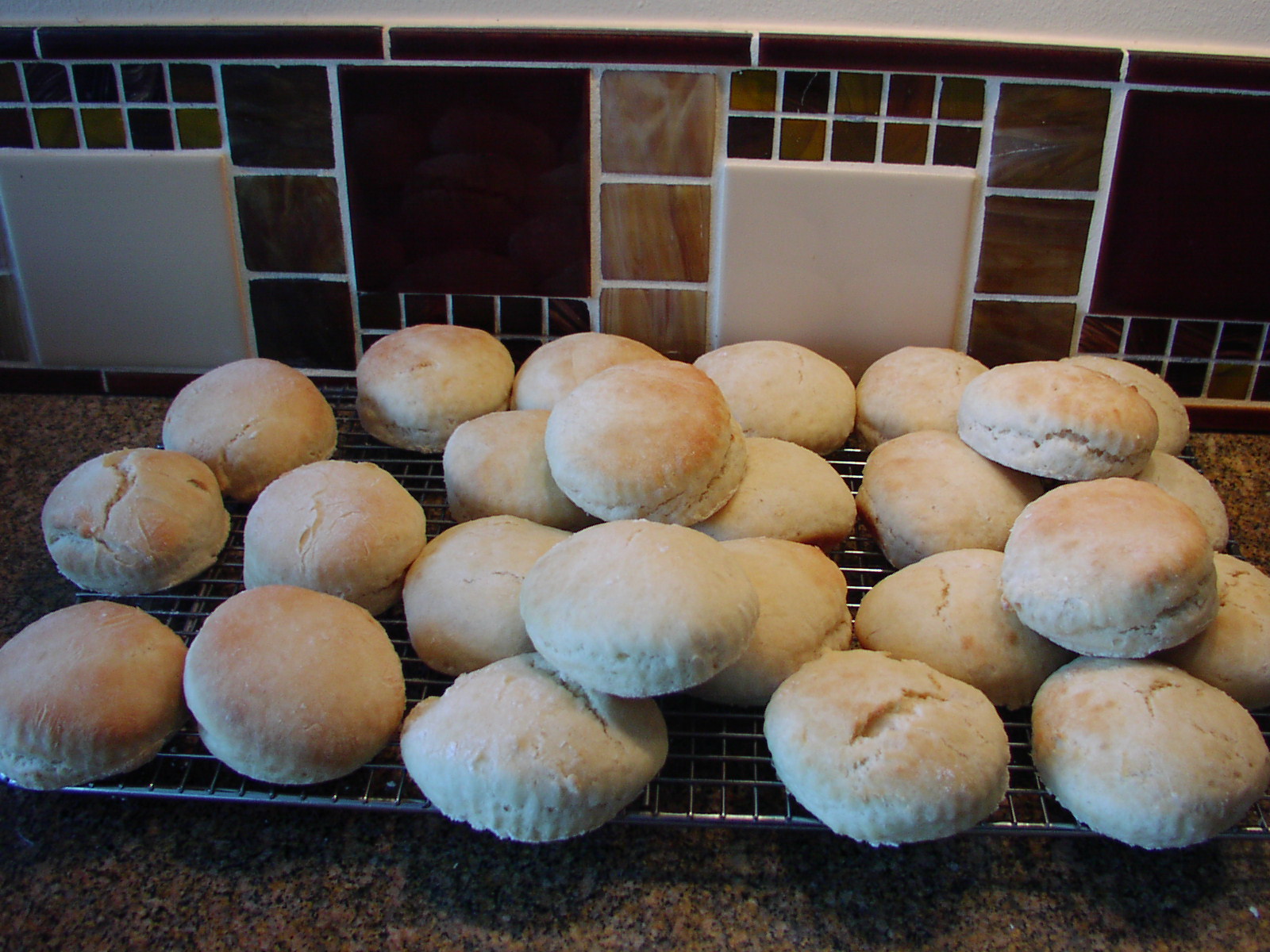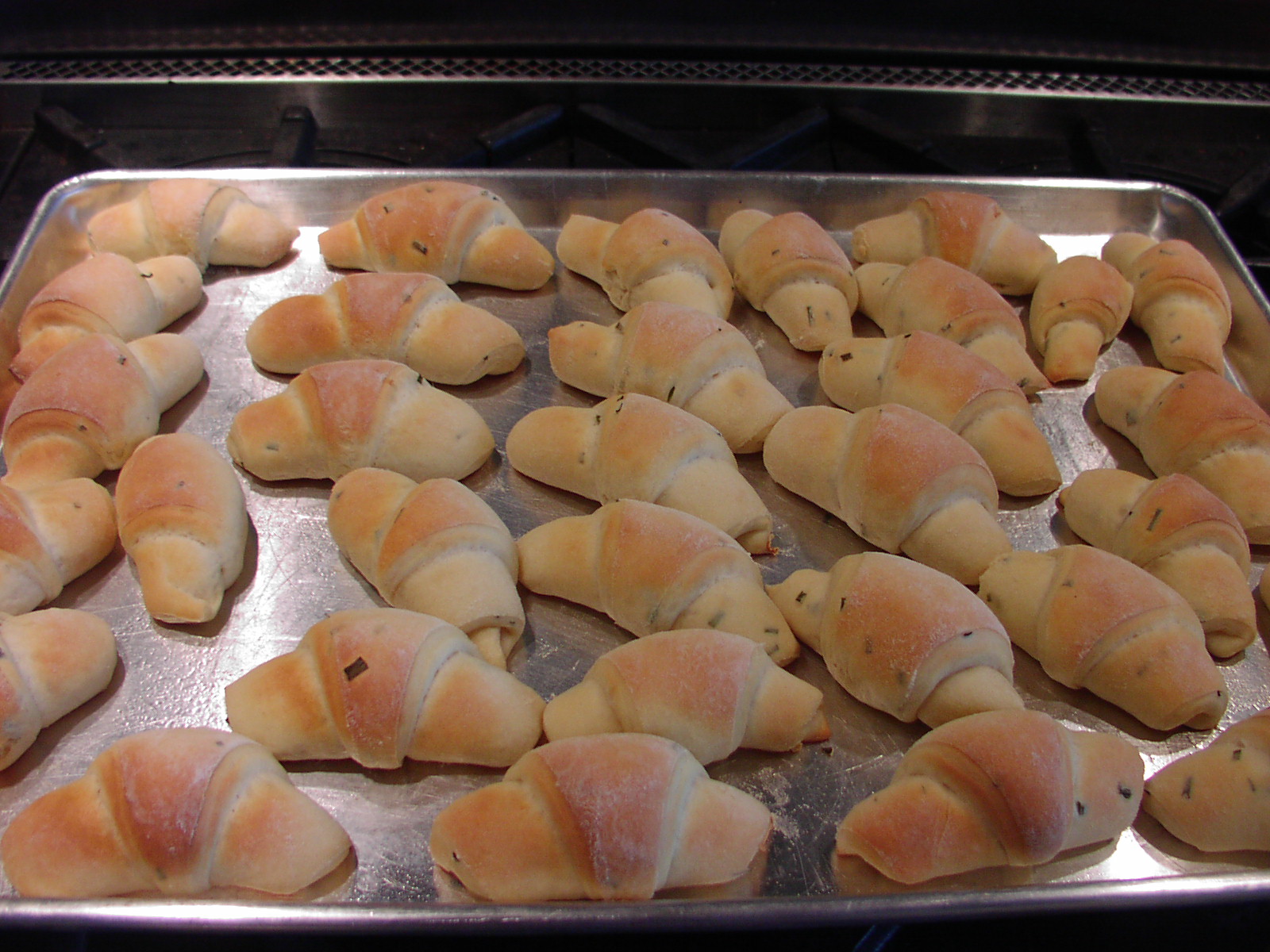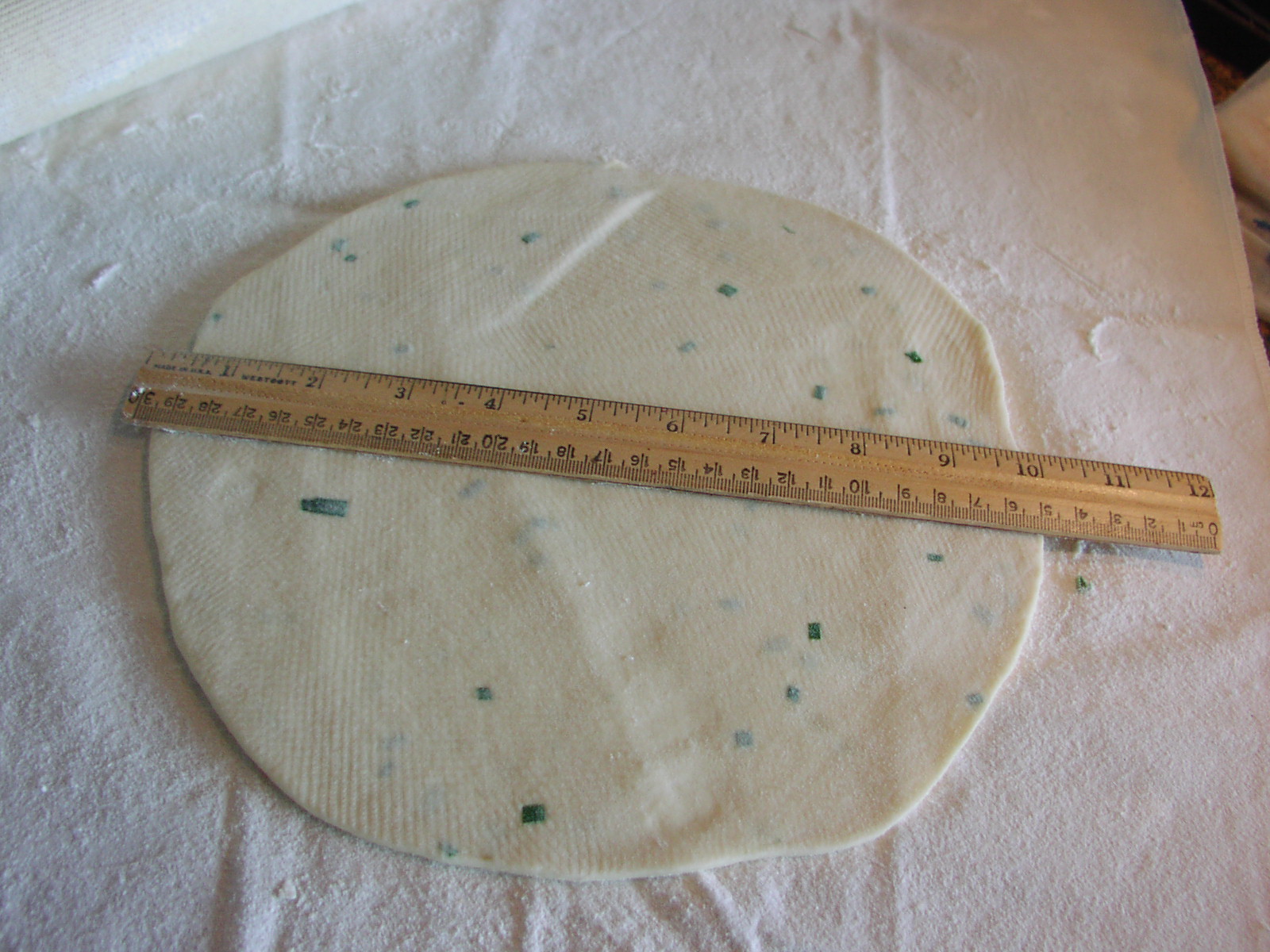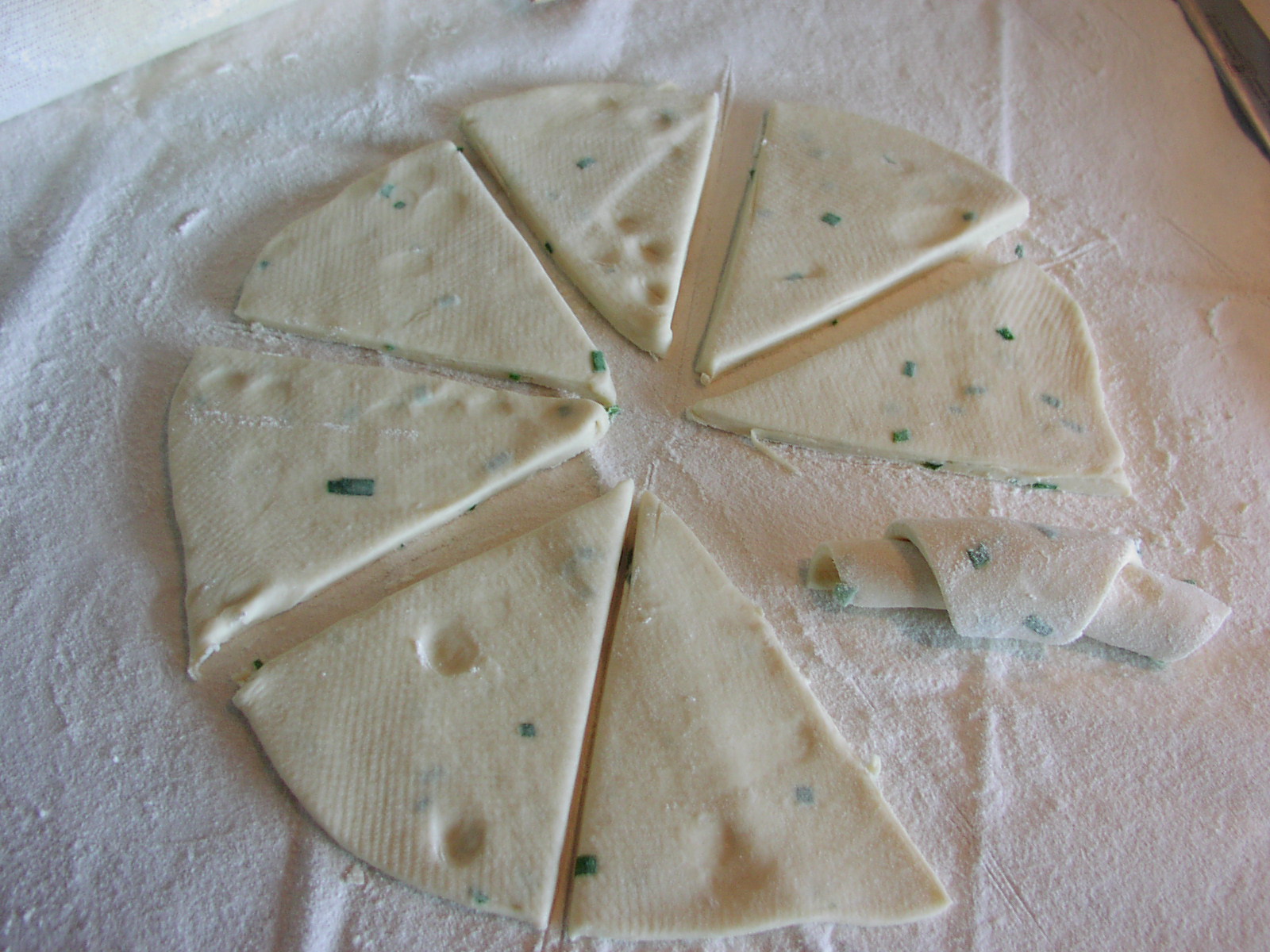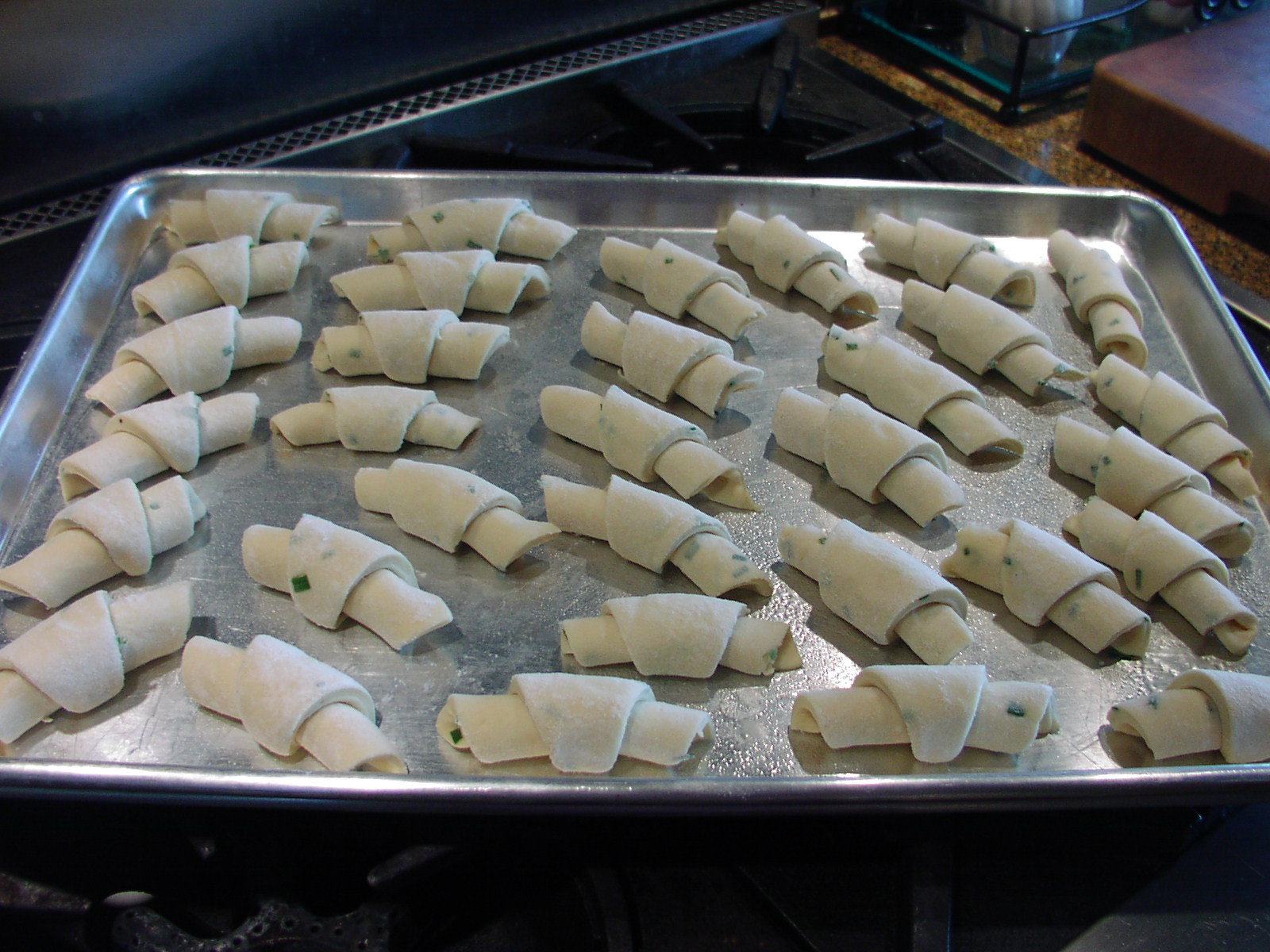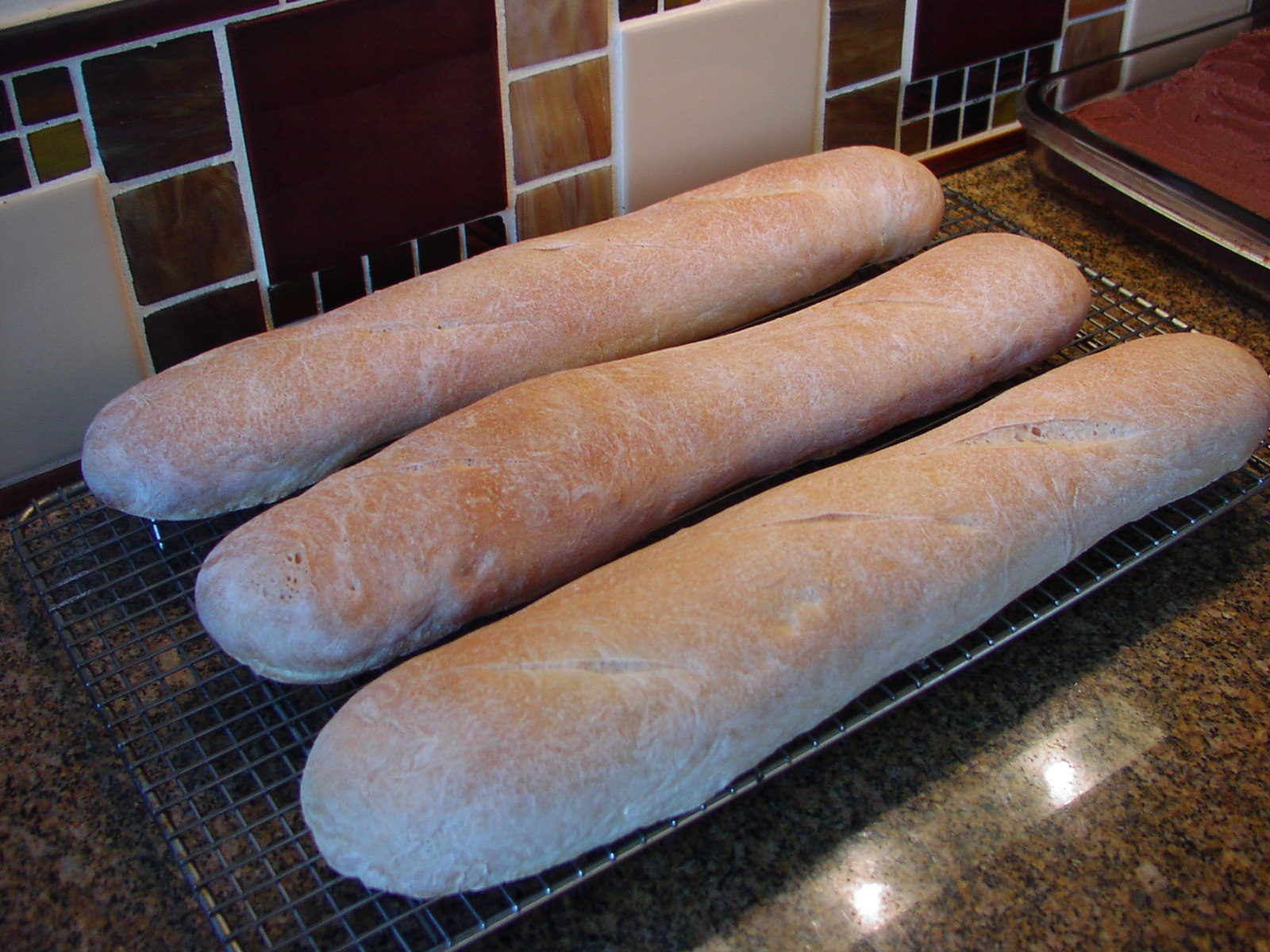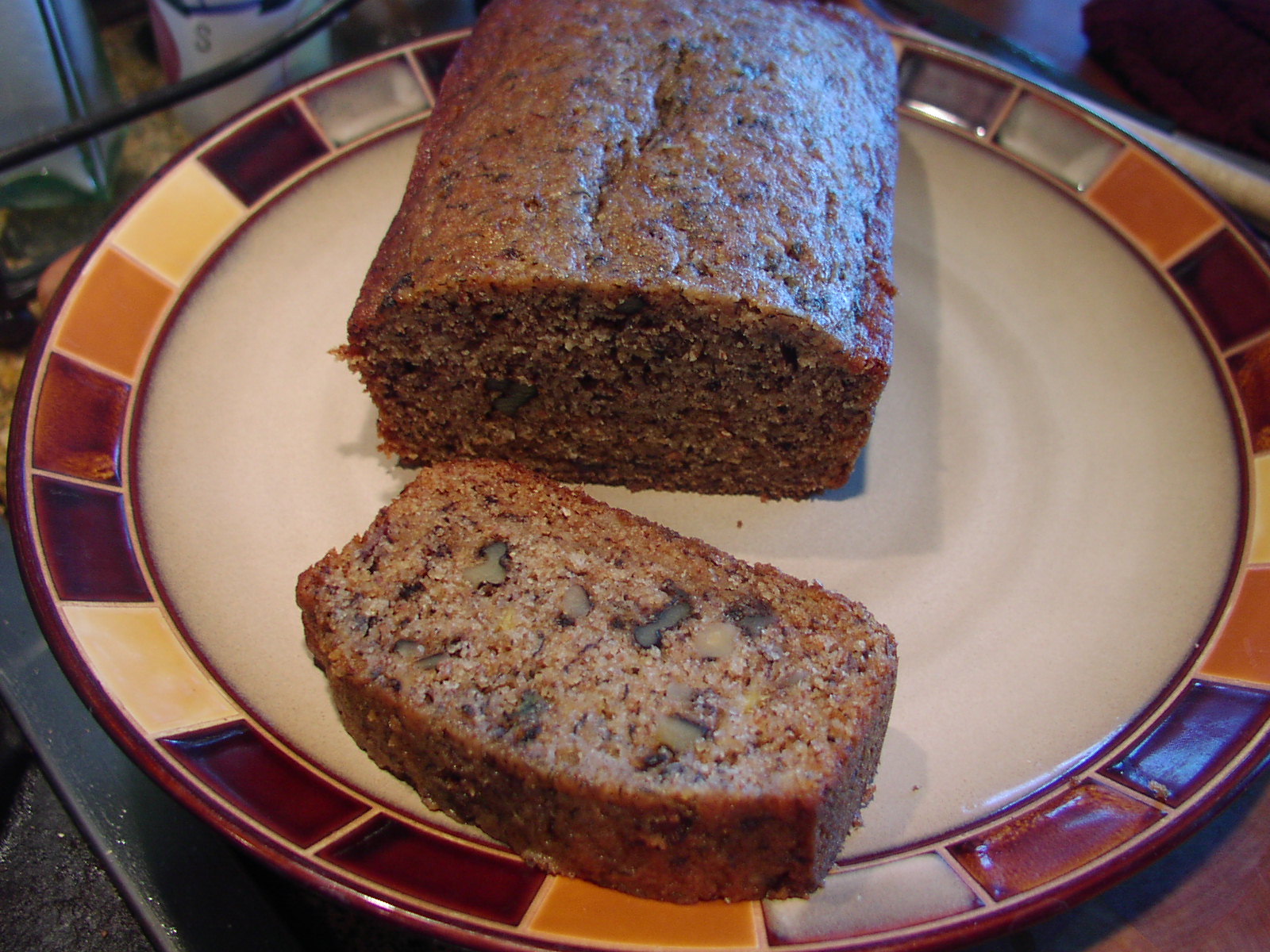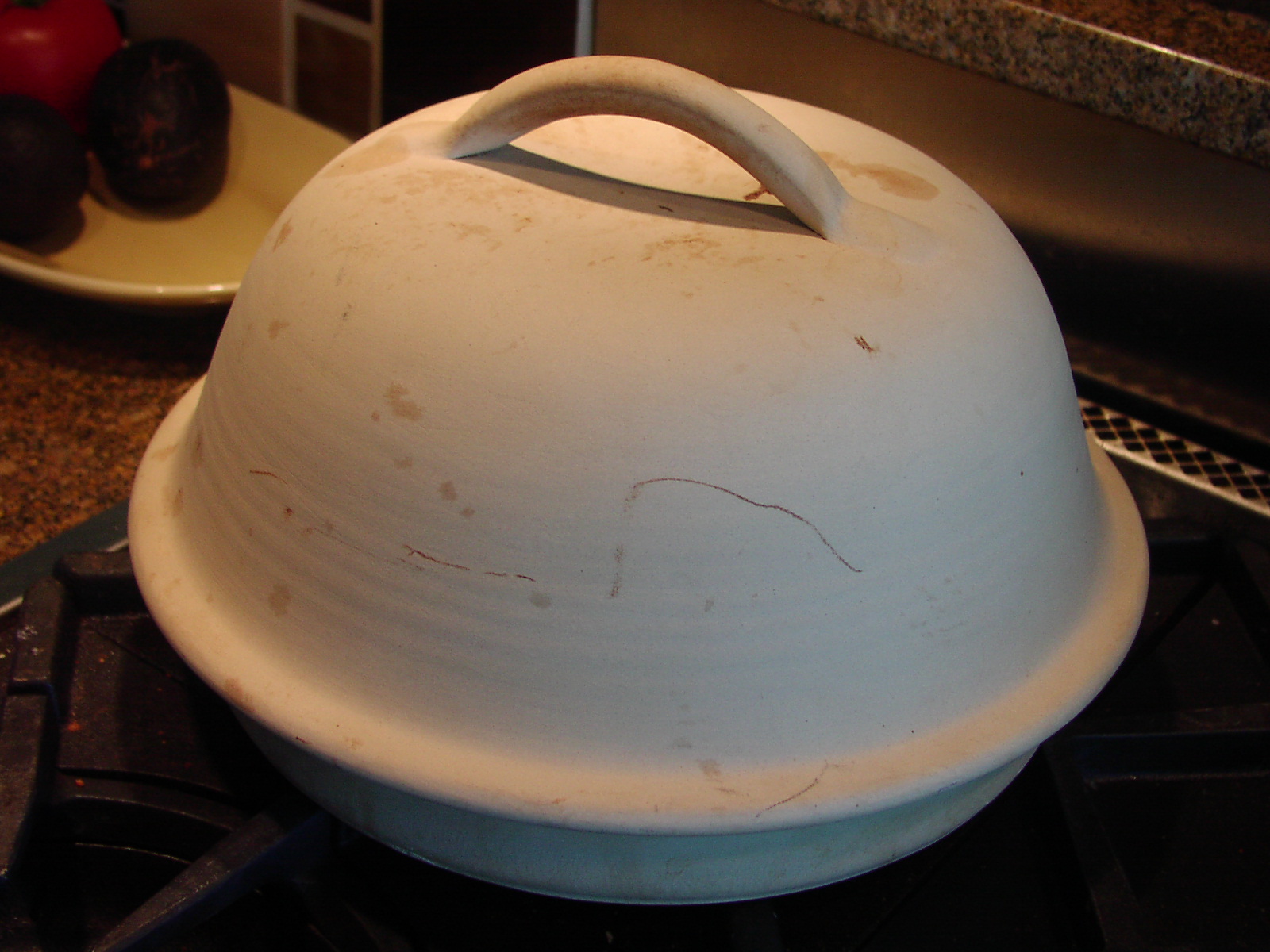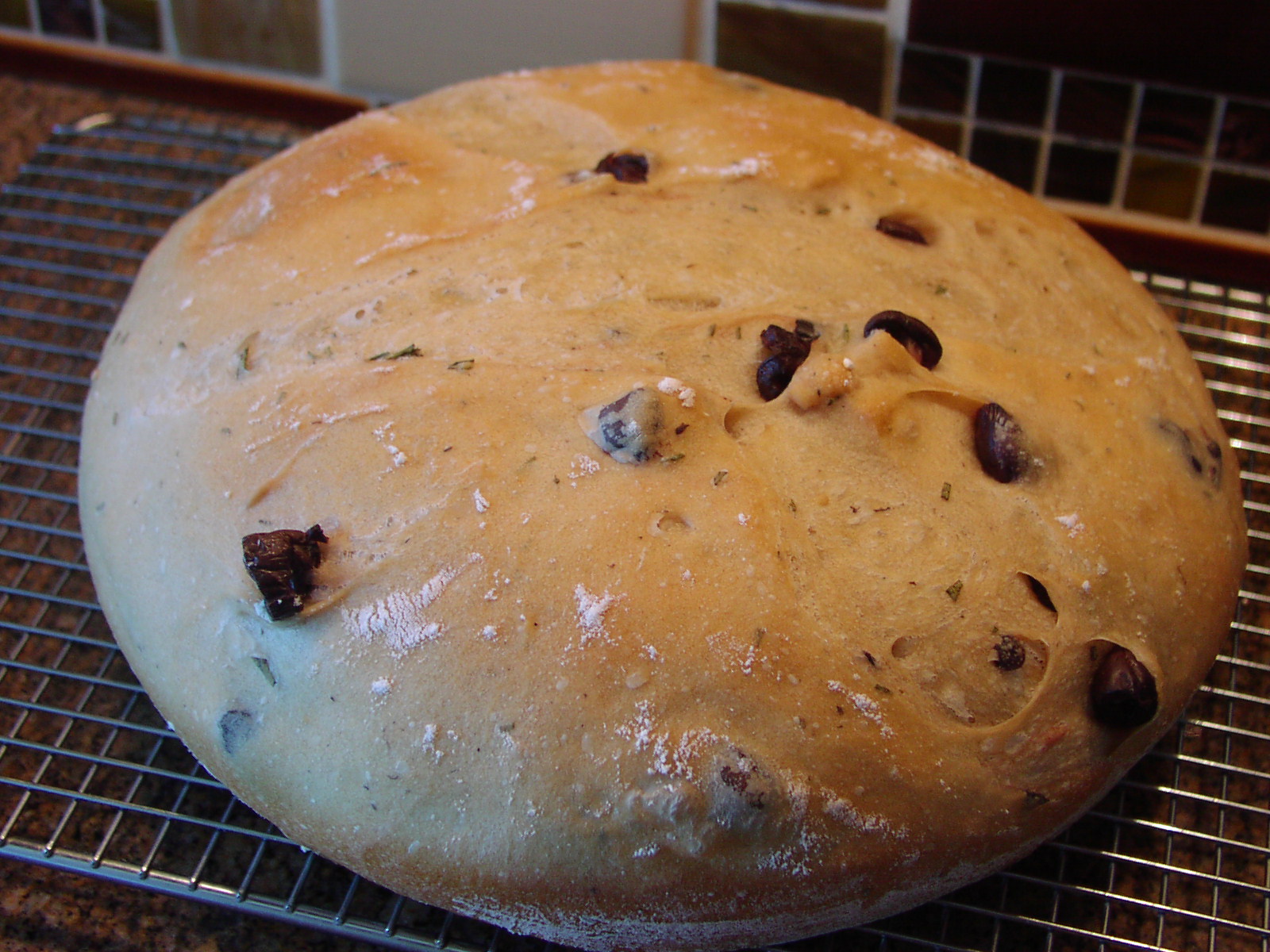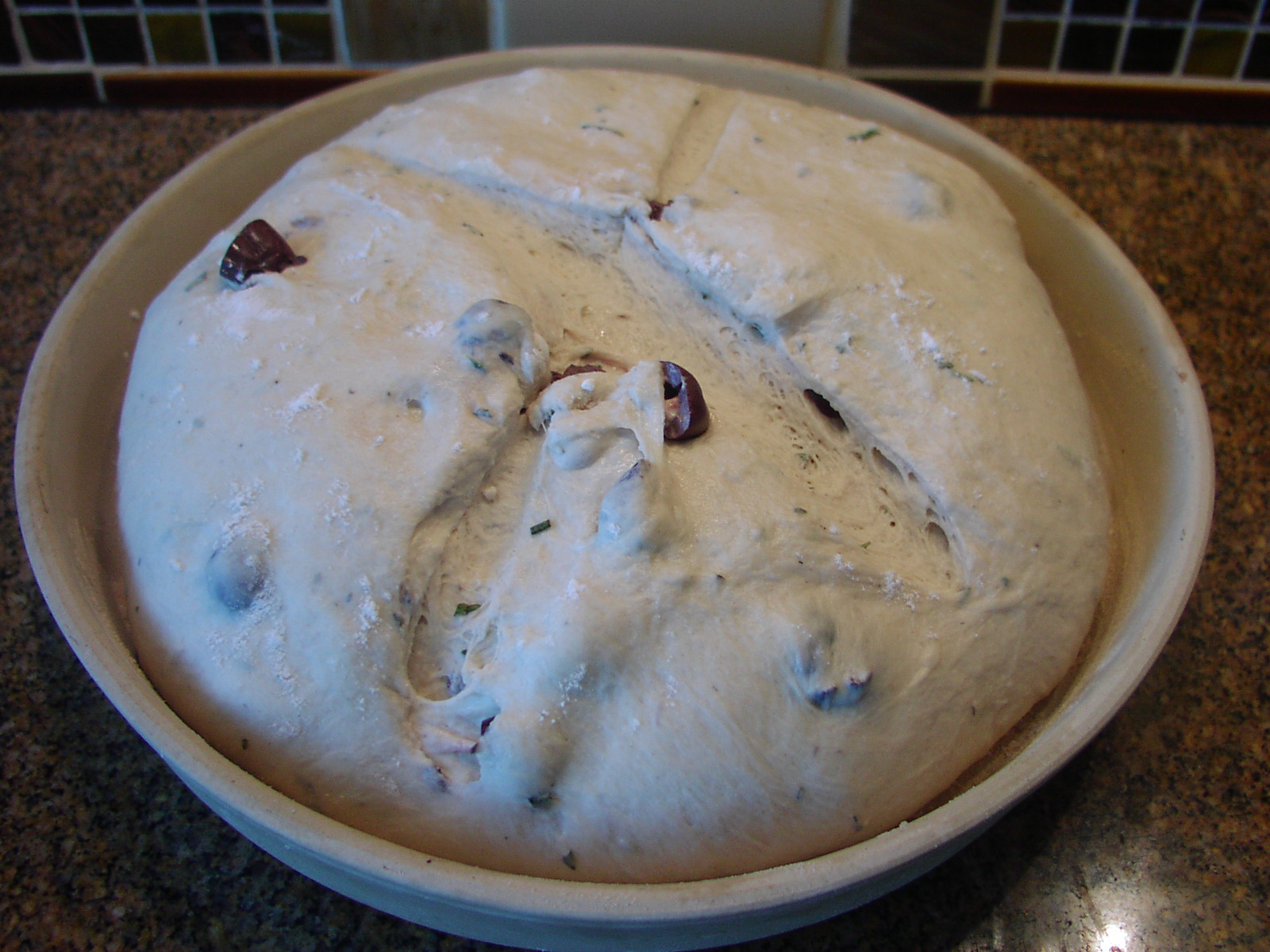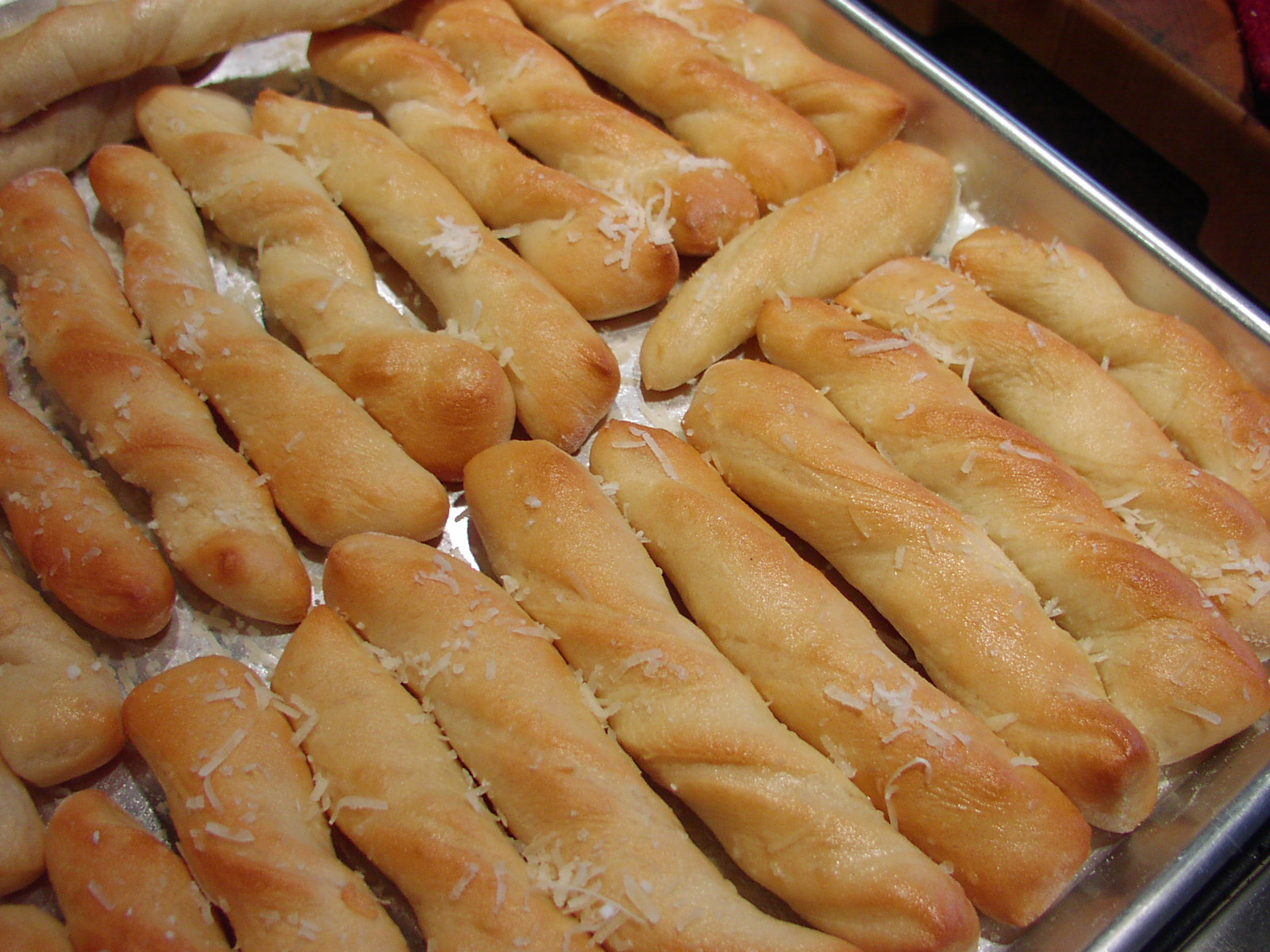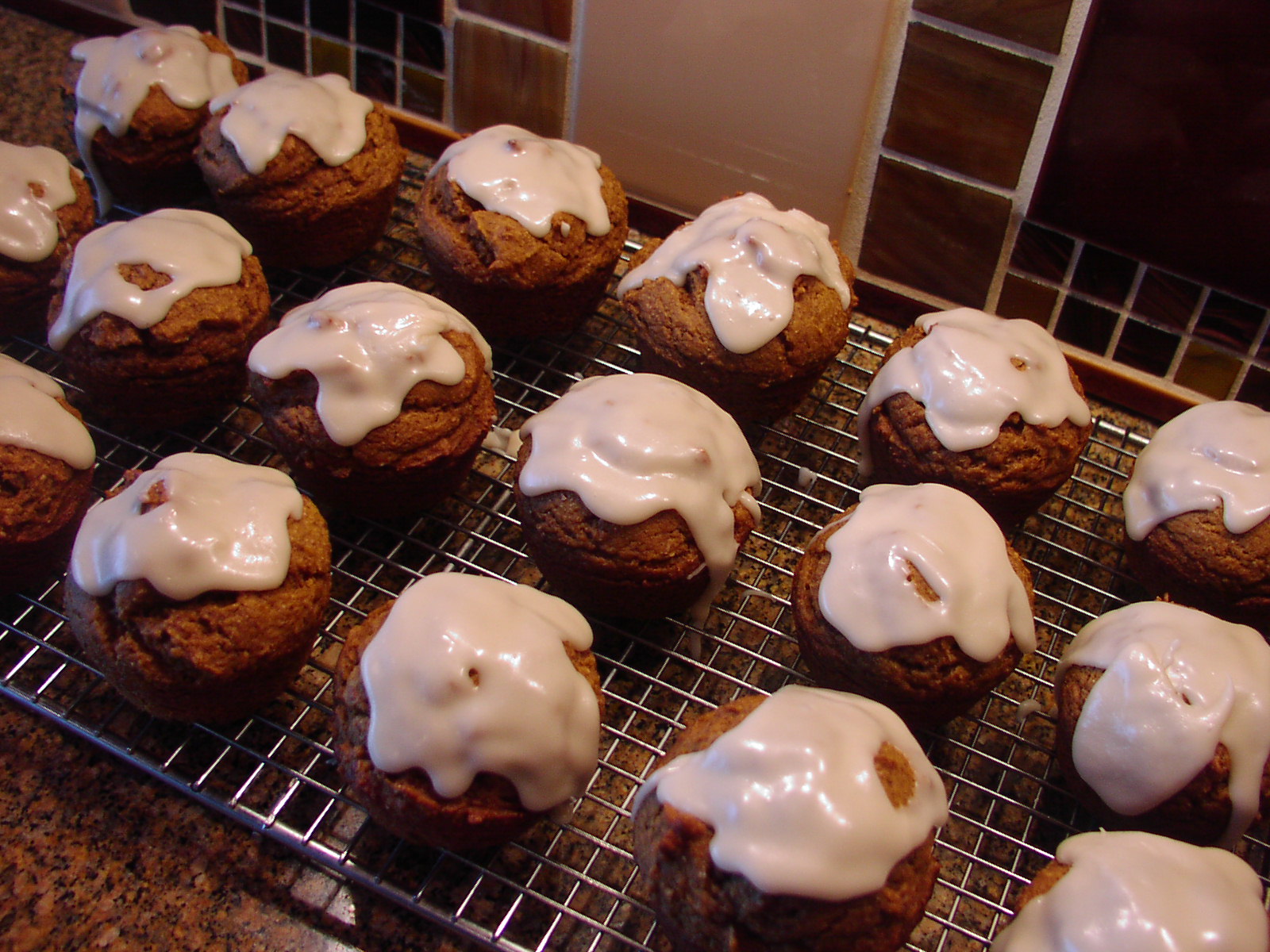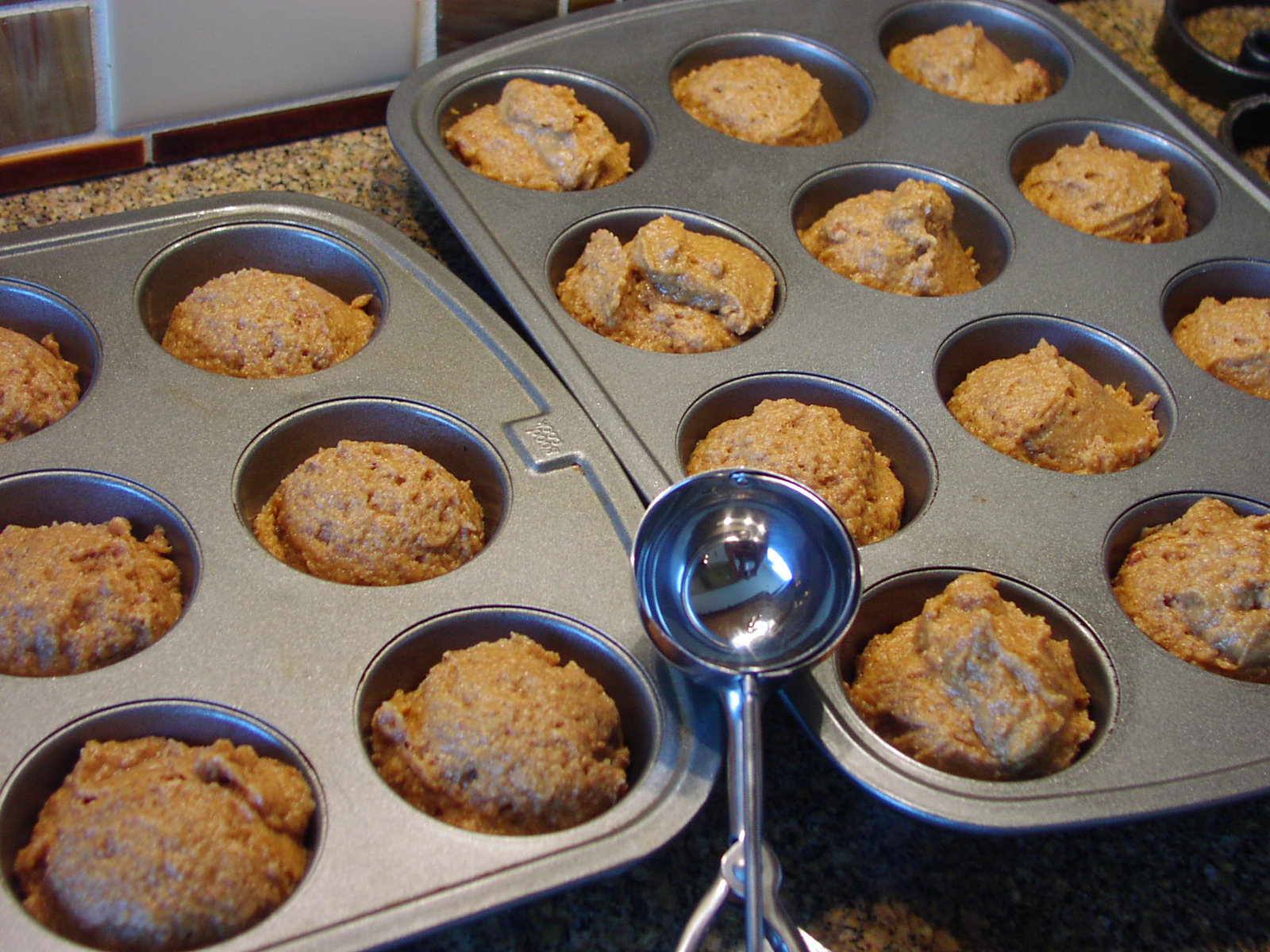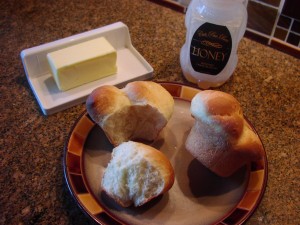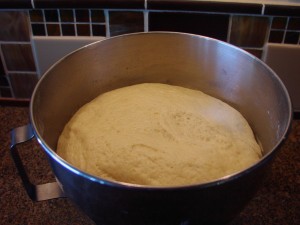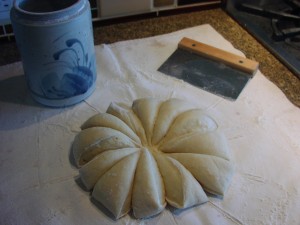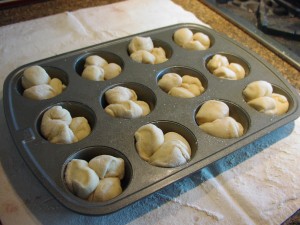As everyone knows, bread is the staff of life. And no group of people are in touch with their inner “must have bread” like the French. One of the best things about visiting France is watching people go about their business snacking on big old chunks of freshly baked baguettes. They rip off a piece and somehow manage to get at least the majority of the bread in their mouths. They carry the baguettes in bags, back packs, the little baskets on the front of their bicycles, anywhere their hands can reach with the least amount of effort. It’s amazing to watch how contorted their bodies can become when their mission is to eat the bread and maneuver through traffic at the same time. Boggles my mind, I’ll tell you that! And because of that, French bread has a special place in my heart. (Well that, and the fact that I am a sucker for good bread!)
This recipe, unlike most of the baguettes you see being consumed on the run, (so to speak), produces a soft and tender loaf of bread. The crust and crumb (inner portion) are both soft, with just enough “chew” to be interesting. And the preparation could not be easier or the final result more delicious. (And I know I have already given you plenty of recipes for bread. But buying good bread is just ridiculously expensive. And when you consider that basic bread is just yeast, water, sometimes a little something sweet to encourage the yeast, salt, and flour; well highway robbery immediately springs to mind!)
So I’m not going to bug you this posting about baking your own bread. I’m just going to remind you that there are no preservatives in home baked bread. There isn’t too much salt or sugar. And, it only costs pennies to produce. (That’s as close as I can come to “not bugging” you. And yes, it was very hard to show even that much restraint. But then, I’m not your mother! Or if I am, please let me take this opportunity to tell you once again how much your mamma loves you.)
- 1½ c. warm water
- 2 pkgs. or a scant 2 T. active dry yeast
- 2 T. honey
- 3½ to 4 c. unbleached all-purpose flour
- 2 tsp. kosher salt
- olive oil, for greasing the bowl
- cornmeal, for baking pan
Combine the water, yeast, and honey in a large mixing bowl, preferably the bowl from your stand mixer. Let proof for about 5 minutes or until the mixture looks foamy. Add about half of the flour and the salt and mix until all of the flour is incorporated. Slowly add enough remaining flour to make a dough that is not too wet or sticky. Knead for about 4 minutes. Form the dough into a ball and pour a small amount of olive oil down the side of the bowl. Using your hands, lift the dough from the bottom of the bowl and coat with the oil. Cover the bowl with a tea towel and let rest in a draft free area until doubled in size, 25 to 30 minutes. Meanwhile, lightly sprinkle a baking sheet with cornmeal and set aside.
After the dough has doubled in size, punch down and divide in half. Using your hands, form each half into an elongated, 12-14 inch loaf and place on the prepared pan. (To shape the dough, I hold the dough with one hand and using the other hand I squeeze the dough up and down its length until I have the desired size I need. Then I finesse it a bit once I have it on the pan. A little additional shaping here and there until it is roughly symmetrical.)
Once the baguettes are on the baking sheet, make diagonal cuts along the top at about 1-inch intervals. Cover the baguettes with the tea towel again, and let double in size. This takes about 30 minutes. Meanwhile, place a pan of water on the bottom rack of your oven. Set the other rack in the middle of the oven. Pre-heat the oven to 450 degrees. When your bread has doubled for the second time, remove the towel and place the pan in the pre-heated oven. Bake for about 15-20 minutes or until the crusts are a lovely golden brown and the loaves sound hollow when you thump them with your knuckles. Allow to cool before they are devoured.

